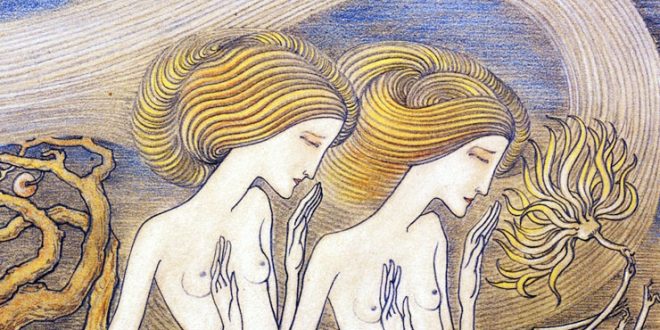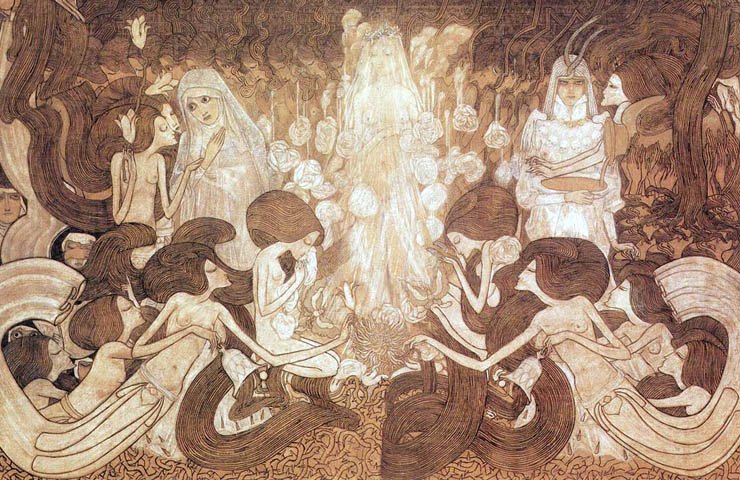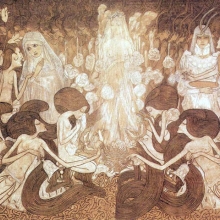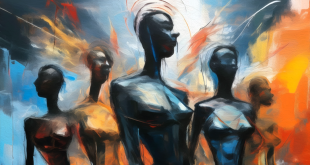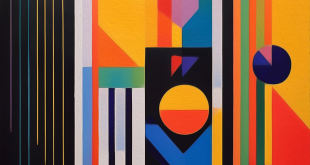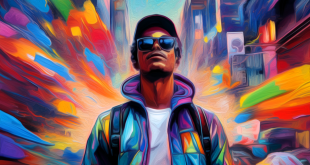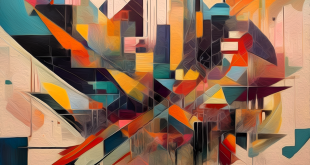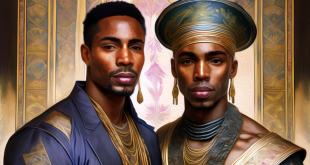QUICKLY ADAPTED TO NEW STYLES AND GENRES
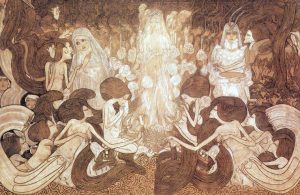 JAN TOOROP 1/3 – He was born on the island of Java, has Dutch parents and his early childhood was wrapped up by the oriental suggestions of this island. He had attended the Academy of Fine Arts in Amsterdam, being artistically influenced in Brussels, in the shadow of the symbolic poetry environment. After a long stay in England (where he had met the art of William Morris and the Preraffaelites), his special hermetic symbolism was exemplified by exotic myths. Maturing in the decadent current, he produced famous paintings such as Le sphinx and Le Tre Spose. In Rijks Museum in Amsterdam are on display his beautiful paintings. He painted in Realism and Impressionism, Symbolism, Art Nouveau and Pointillism. https://www.rijksmuseum.nl/en?lang=EN&gclid=CNz5qoPa9NQCFQuNGwodDysPhg
JAN TOOROP 1/3 – He was born on the island of Java, has Dutch parents and his early childhood was wrapped up by the oriental suggestions of this island. He had attended the Academy of Fine Arts in Amsterdam, being artistically influenced in Brussels, in the shadow of the symbolic poetry environment. After a long stay in England (where he had met the art of William Morris and the Preraffaelites), his special hermetic symbolism was exemplified by exotic myths. Maturing in the decadent current, he produced famous paintings such as Le sphinx and Le Tre Spose. In Rijks Museum in Amsterdam are on display his beautiful paintings. He painted in Realism and Impressionism, Symbolism, Art Nouveau and Pointillism. https://www.rijksmuseum.nl/en?lang=EN&gclid=CNz5qoPa9NQCFQuNGwodDysPhg
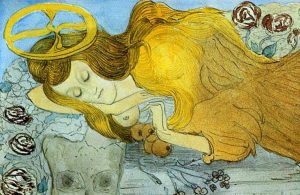 JAN TOOROP 2/3 – When he married in 1886, he settled in England, returning to the Dutch coast during the summers in the seaside town of Katwijk https://katwijk.info/en/ and Domburg, approaching more and more to the influence of Symbolism. In the mid-nineties, he had firmly adopted the language of the Art Nouveau. In 1890 was briefly directed towards punctuation. During his lifetime he produced portraits (in the form of sketches and paintings), with pictorial techniques ranging from realistic to impressionism. His art reflected not only his English sources, but also his interest in the Oriental and exotic artistic flow, when the Batik print imitation had become popular. In 1884 he also visited Paris, and he renewed his acquaintance with the city a year later, when he attended the funeral of the writer Victor Hugo.
JAN TOOROP 2/3 – When he married in 1886, he settled in England, returning to the Dutch coast during the summers in the seaside town of Katwijk https://katwijk.info/en/ and Domburg, approaching more and more to the influence of Symbolism. In the mid-nineties, he had firmly adopted the language of the Art Nouveau. In 1890 was briefly directed towards punctuation. During his lifetime he produced portraits (in the form of sketches and paintings), with pictorial techniques ranging from realistic to impressionism. His art reflected not only his English sources, but also his interest in the Oriental and exotic artistic flow, when the Batik print imitation had become popular. In 1884 he also visited Paris, and he renewed his acquaintance with the city a year later, when he attended the funeral of the writer Victor Hugo.
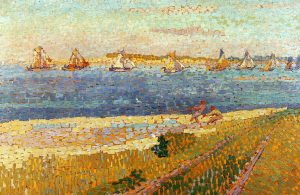 JAN TOOROP 3/3 – Everyone knows his famous poster of 1894 (Delft Salad Oil), but he did, as a versatile artist, much more. During his lifetime his works were exhibited in Belgium, France, Germany and Austria. At the time Toorop was compared with such artists as Ruskin, Morris, Beardsley, the Pre-Raphaelites, Henry van de Velde, Fernand Khnopff and Maurice Maeterlinck. During his summer holidays in Netherland, he developed his symbolic style, with motifs taken from Japanese painting, with exquisite figures and curved designs. His style is distinguished by sharp contours and colored violence. In 1905, after his conversion to Catholicism, he painted religious and symbolic scenes. The paralysis had ruined him in 1917, reduced his artistic production in the last few years until his death in 1928. “Returning on Himself” his Ink, Pencil and Watercolor on Paper dating 1883 can be seen in the Kröller-Müller Museum in Otterlo https://krollermuller.nl/visit
JAN TOOROP 3/3 – Everyone knows his famous poster of 1894 (Delft Salad Oil), but he did, as a versatile artist, much more. During his lifetime his works were exhibited in Belgium, France, Germany and Austria. At the time Toorop was compared with such artists as Ruskin, Morris, Beardsley, the Pre-Raphaelites, Henry van de Velde, Fernand Khnopff and Maurice Maeterlinck. During his summer holidays in Netherland, he developed his symbolic style, with motifs taken from Japanese painting, with exquisite figures and curved designs. His style is distinguished by sharp contours and colored violence. In 1905, after his conversion to Catholicism, he painted religious and symbolic scenes. The paralysis had ruined him in 1917, reduced his artistic production in the last few years until his death in 1928. “Returning on Himself” his Ink, Pencil and Watercolor on Paper dating 1883 can be seen in the Kröller-Müller Museum in Otterlo https://krollermuller.nl/visit
The intellectual property of the images that appear in this blog correspond to their authors. The sole purpose of this site, is to spread the knowledge of these artists and that other people enjoy their works. To pursue this issue, you can digit: http://meetingbenches.com/2017/07/many-kinds-dutch-creativity/
 Meeting Benches World art in all forms
Meeting Benches World art in all forms
